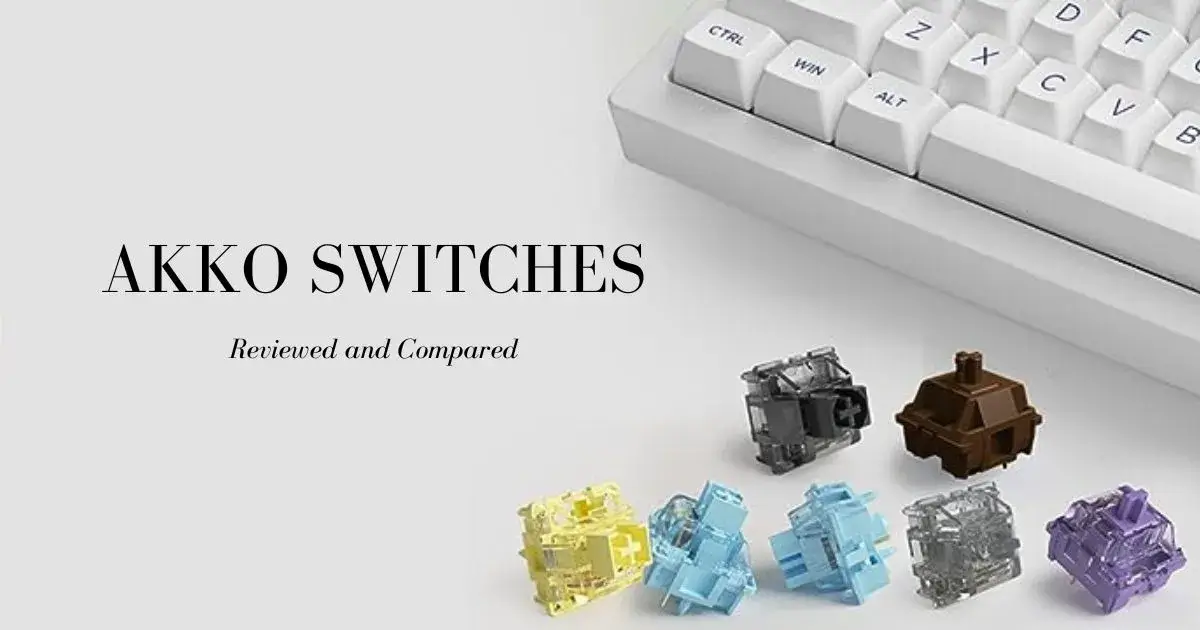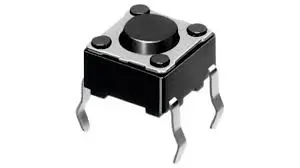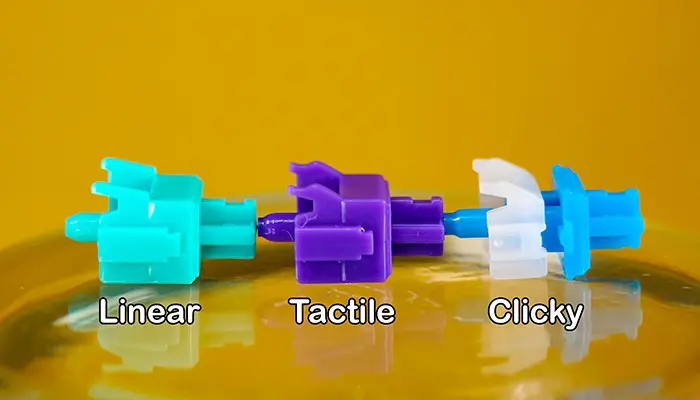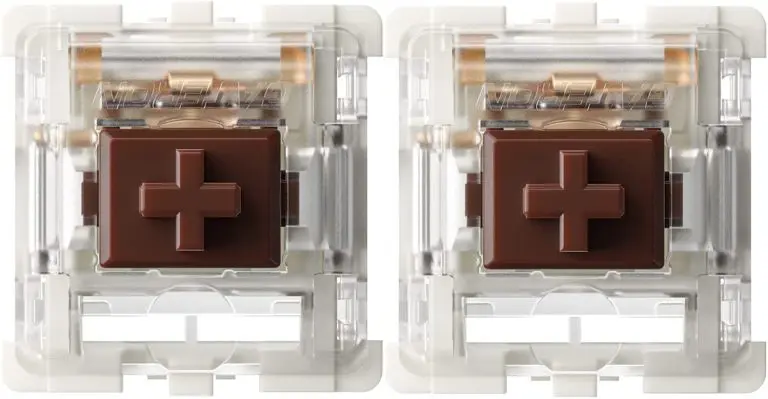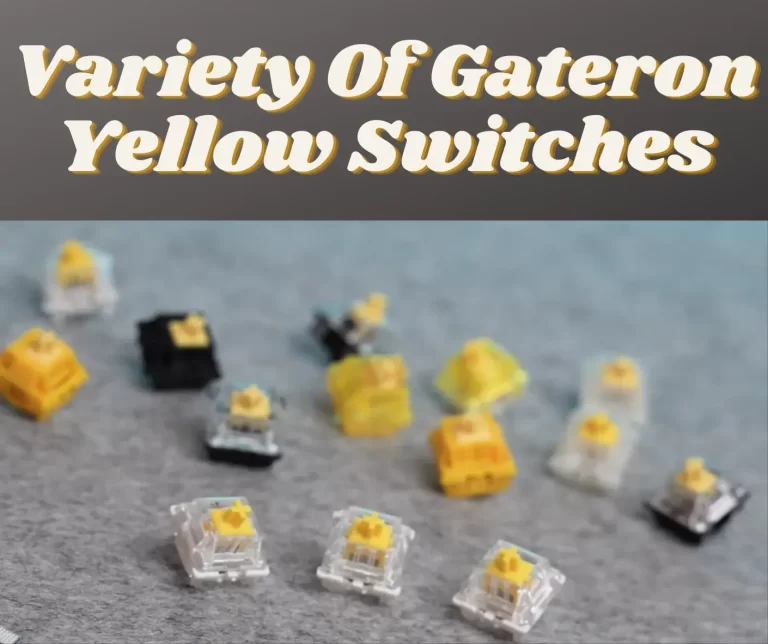Every Akko Switch Reviewed 2023| Check Now
Akko Switches are best for typing and gaming world. In this comprehensive review, we embark on a journey through a diverse range of Akko switches that promise to transform your keyboard experience. From tactile delights to smooth linear options, let’s go through each of Akko switches and discover the perfect fit for your typing , gaming or programming style. In this article there are seven linear switches while three tactile switches
Discovering Akko Switch Excellence: A Symphony of Choices
Lets check all the Akko switches in detail, , each offering a unique and captivating typing adventure:
Jelly Black: Experience a thocky marvel with a 50-gram weight and 1.9mm pre-travel distance. They have a 22 millimeters long spring. Having a longer spring then other switches allow the jelly black to actuate easily. These switches are an ideal choice for typing enthusiasts who adore smoothness and stability.
They have dust proof stems which makes them less wobble in its stem. In comparison to Jelly and non-jelly switches , jellies have even less wobble. Jelly black are extremely smooth and can be used without lubing. However, lubing switches is necessary when required. Price: $16.99 for a pack of 45 switches.
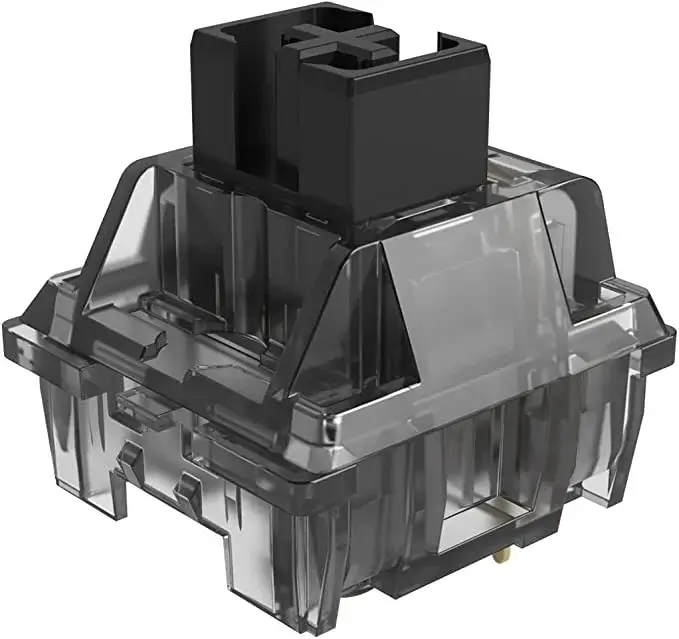
Akko Silver: Unleash your gaming potential with a 43-gram weight and shorter 3mm travel distance, with the spring of similar length to that of Akko black i.e. 22 millimeters. Ideal for gamers seeking quick actuation and a clacky sound profile. It has a very nice feeling specially for gamers because of shorter travel distance. As compared to the black one which are more suitable for typing, I will suggest Akko silver is best for gaming. Its most probably the expensive switch that I have came across. Its Price is $18.99 for a pack of 45 switches.
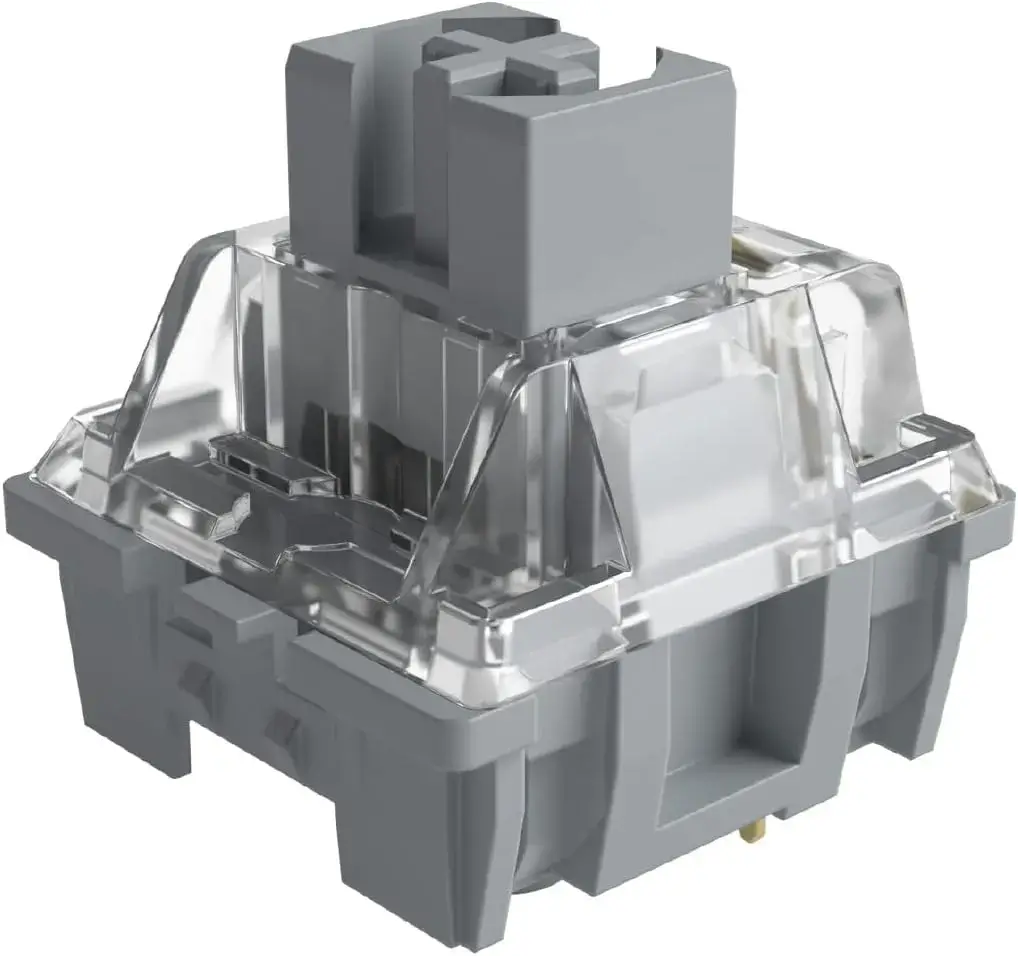
Matcha Greens: Delight in thocky wonders with a 50-gram weight, pre-travel distance of 1.9mm and 4mm total travel distance. A must-try for those who crave a deep, satisfying typing experience. Bottom mount is softer in akko matcha green and it feels best. Matcha green either lubed or pre-lubed feels the same. If you want to buy pre-lubed it will cost you Price: $18.99 for a pack of 45 switches while without lube it will be $13.99.
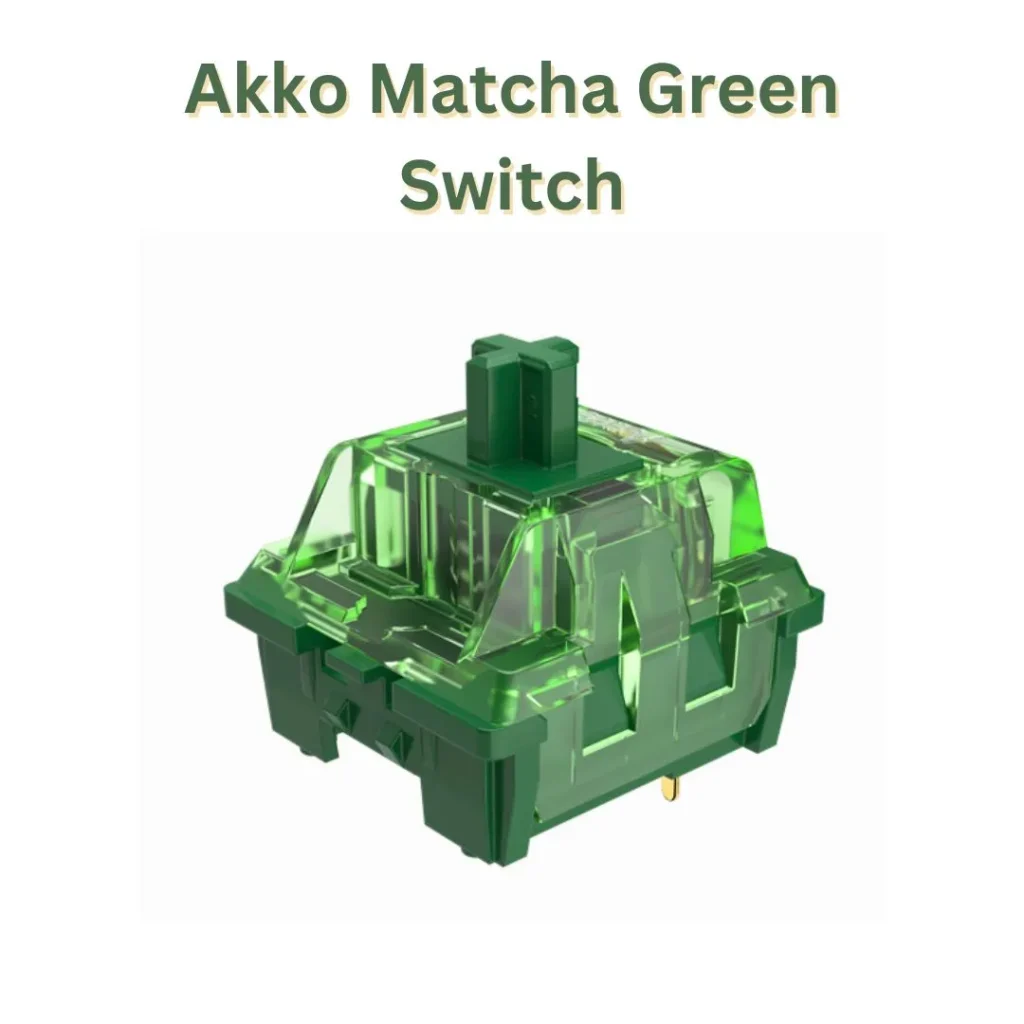
Jelly Whites: Dip your toes into the mechanical keyboard world with these 35-gram switches and a 4mm total travel distance. An excellent introduction to the realm of Akko. Although these are very similar to vintage whites but jelly whites are much better then vintage whites. If un-lubed it produced clacky sound while when lubed its silent and smooth. Price: $15.29 for a pack of 45 switches.
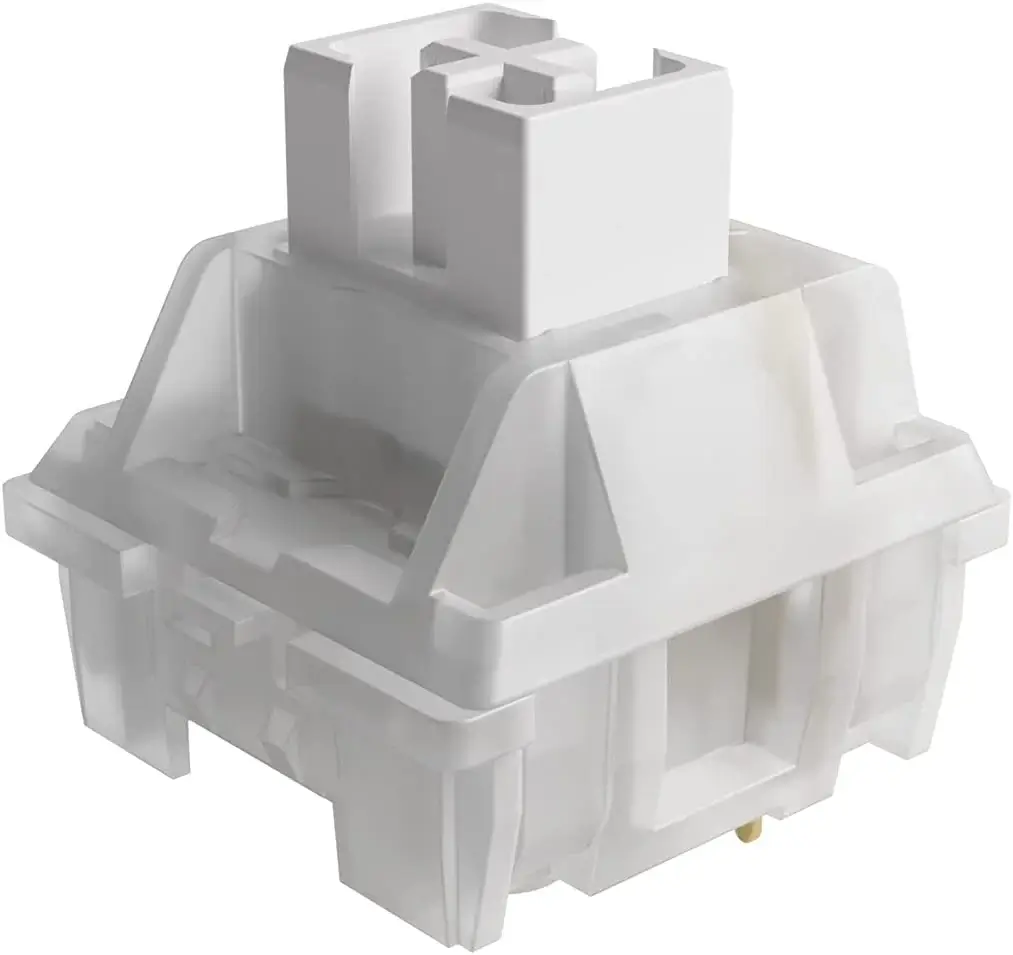
Jelly Pinks: Immerse yourself in typing joy with these 45-gram switches, offering a 4mm total travel distance. Their unparalleled smoothness makes them perfect for both typing and gaming. Price: $12 for a pack of 45 switches. This switch is different from others. The jelly white was between the clacky and muted ones however, Jelly pink is a bit different. They have clear clacky and thock sound They are expensive like jelly blacks however currently they are out of stock. You can join the waitlist on their official website.
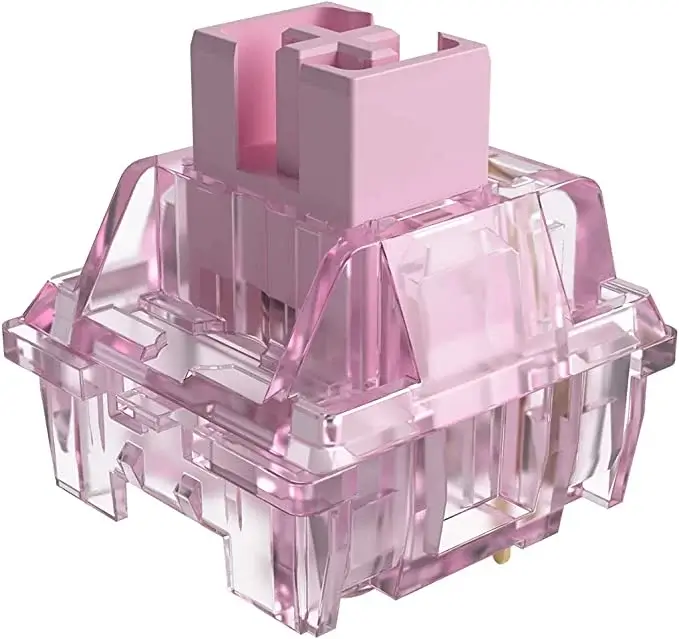
Rose Reds: Embrace a poppy typing sensation with a 43-gram weight, 1.9 mm pre travel and a 3.5mm total travel distance. These switches produce a unique sound profile that’s both playful and attention-grabbing. Its beautiful poppy sound but not so much thocky is something i love. I love these for everyday use, you should lube them before using them because they will give the same feeling to that of Akko matcha green but it can be used for everyday work. Its best for Price: $20 for a pack of 45 switches.
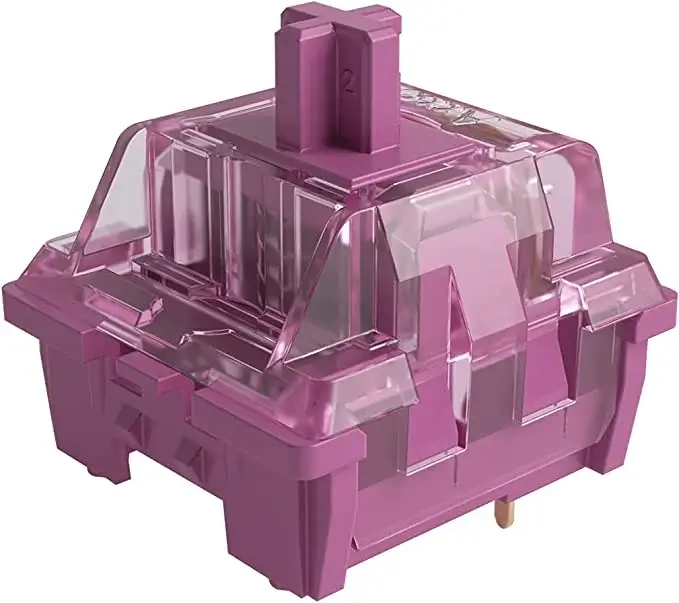
Vintage Whites: Explore a distinctive poppy sound with these 35-gram switches and a 4mm total travel distance. A playful addition to any keyboard setup. These are hand lubed linear switches with a 3-pin switch. This switch is the poppiest among all the switches that we have discussed so far. However, its not as smooth as jellies. As compared to the material its same to that of matcha green and rose red but if you are looking for some strong popping sounds its the best. Price: $10 for a pack of 45 switches.
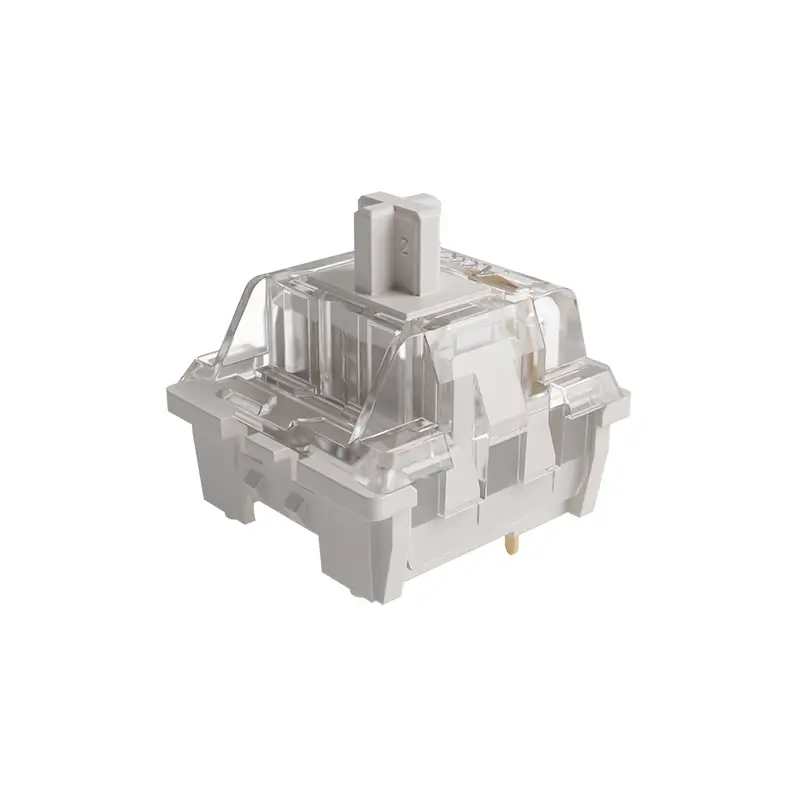
Experiencing Tactile Wonders: A Journey of Sensation
Tactile switches offer a satisfying bump with every keystroke, enhancing your typing experience with tactile feedback:
Ocean Blues: Immerse yourself in tactile delight with a 36-gram weight, 1.9mm pre-travel distance, and a tactile bump starting at 0.5mm. A sensory treat for every keystroke. Price: $10 for a pack of 45 switches.
Lavender Purples: Elevate the tactile sensation with a 36-gram weight, 1.9mm pre-travel distance, and a tactile bump starting at 0.3mm. These are very similar to akko ocean blues, however, the tactile force is bit heavier.
They sound similar to akko ocean blue with a minimum difference where the sound is more deeper for lavender purples. These switches were bit scratchy before but after lubing them they are smooth.
To know how to lube switches you can also check my detail guide on it.
So moving forward, Indulge in a heightened tactile experience buy these best tactile switches with a Price: $14 for a pack of 45 switches.
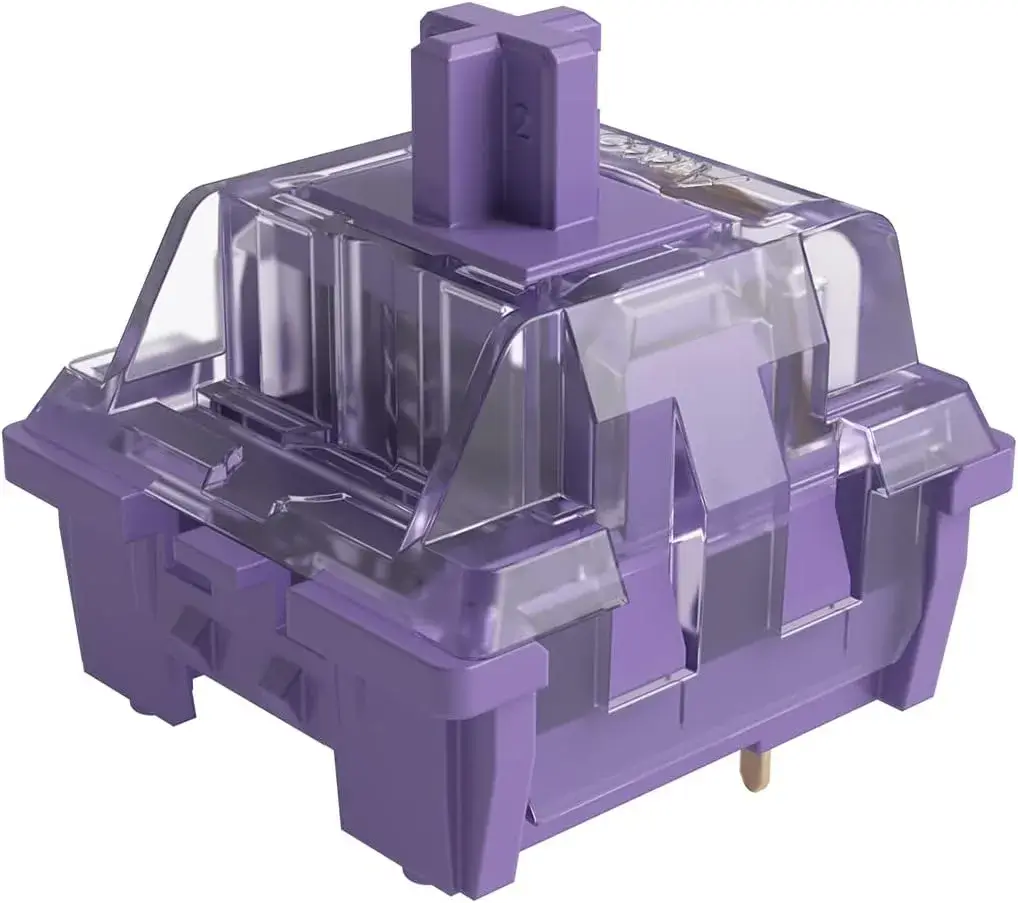
Jelly Blues: Embark on a unique tactile journey with 40-gram switches and a 2mm pre-travel distance. A double bump sensation creates an engaging and immersive typing experience. These tactile switches feels lighter than other two switches we have discussed above because of its longer spring.
The feature that distinct it from others is that when we press it, it have an initial tactile bump and when it travels back towards up it have another tactile bump which creates a different feel and sound.
They are smoothest tactile i have ever seen but due to its different feel and nature i wont prefer it for my personal use. Price: $17 for a pack of 45 switches.
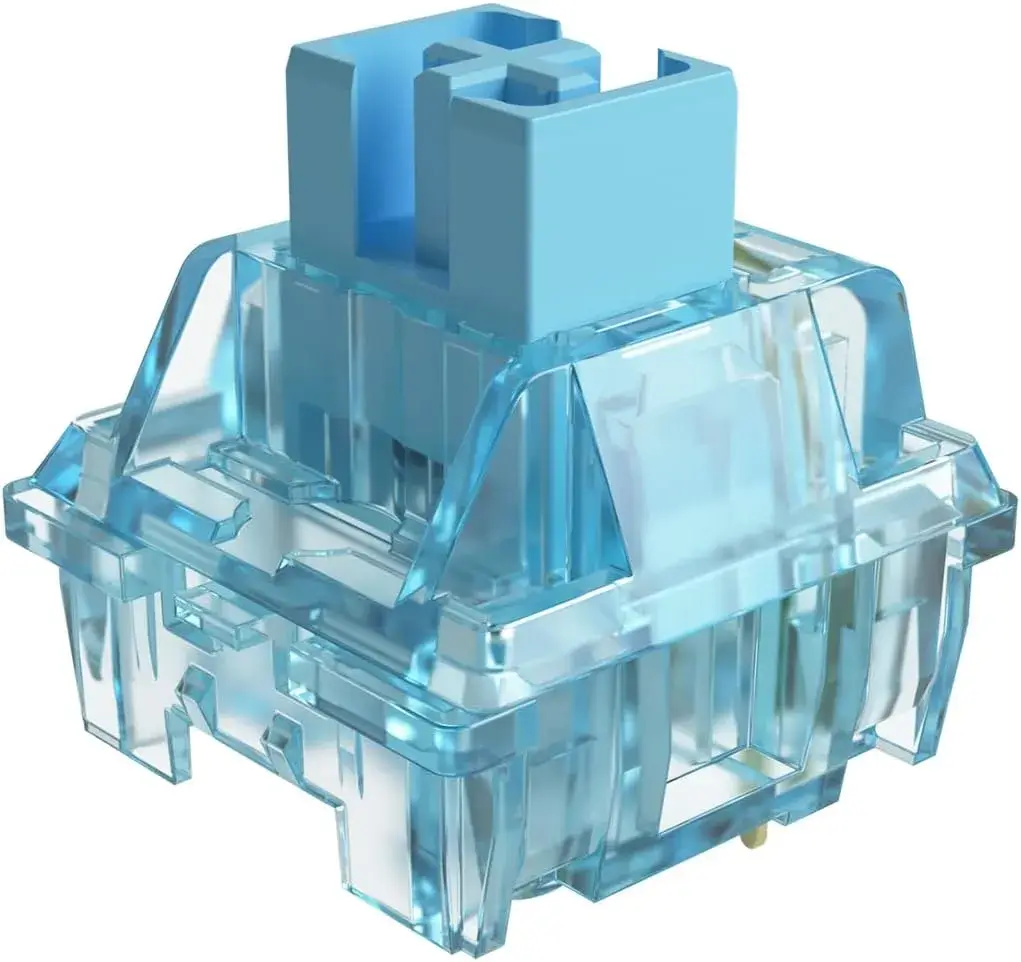
Craftsmanship and Innovation: What Sets Akko Apart
Delve into the excellence that defines Akko Mechanical Switches:
- Smooth Brilliance: Each Akko switch is designed for unparalleled smoothness, enriching your typing with fluidity and ease.
- Enchanting Soundscapes: Akko switches offer an array of sounds, from deep thocks to satisfying clacks and joyful pops, creating an immersive typing experience.
- Gaming Mastery: Echo Silver switches are the perfect gaming companion, ensuring quick actuation and competitive advantage for gamers.
- Tailored Delight: Akko switches cater to diverse preferences, offering an array of weights, travel distances, and tactile profiles for the ultimate personalized typing journey.
- Accessible Luxury: Akko switches offer premium quality at affordable prices, democratizing the joy of mechanical typing for all.
Selecting Your Perfect Match: A Switch for Every Typist
Uncover the Akko switch that resonates with you:
- Thock Enthusiasts: Jelly Black and Matcha Green switches are your thocky companions, offering unmatched smoothness and a satisfying deep sound.
- Gaming Aficionados: Elevate your gaming with Echo Silver switches, combining quick actuation and a clacky sound profile for an immersive gaming experience.
- Tactile Seekers: Dive into tactile wonders with Lavender Purples, enjoying a pronounced bump and an enhanced tactile journey.
In Conclusion: Embrace the Magic of Akko Mechanical Switches
As you journey through the diverse world of Akko Mechanical Switches, remember that each switch is a masterpiece of engineering and craftsmanship. From smooth linear to tactile wonders, Akko has a switch for everyone. Elevate your keyboard experience with Akko switches today, transforming every keystroke into a masterpiece of sensation. Your fingers deserve the luxury of Akko – start your typing adventure now.
Frequently Ask Questions
Are Akko switches MX style?
Yes, Akko switches are MX style switches. This means that they are compatible with most mechanical keyboards that use MX style switches.
Are Akko switches pre-lubed?
Not all Akko switches are pre-lubed. Some of the more popular pre-lubed Akko switches include the Akko Matcha Green, Jelly Black, Lavender Purple, Piano, Wine Red, and Wine White switches.
What are the best Akko switches?
The best Akko switches are subjective and depend on your personal preferences. Some of the most popular Akko switches include:
Akko CS Silver: A fast and smooth linear switch with a light actuation force of 43g.
Akko CS Jelly Black: A thocky linear switch with a medium actuation force of 50g.
Akko CS Lavender Purple: A tactile switch with a medium actuation force of 55g and a pronounced tactile bump.
Akko CS Matcha Green: A tactile switch with a light actuation force of 45g and a smooth, rounded tactile bump.
Akko CS Piano: A silent tactile switch with a medium actuation force of 55g and a subtle tactile bump.
What is the best Akko switch?
There is no one “best” Akko switch, as the best switch for you will depend on your personal preferences.
Akko CS Silver: A fast and smooth linear switch with a light actuation force of 43g.
Akko CS Jelly Black: A thocky linear switch with a medium actuation force of 50g.
Akko CS Lavender Purple: A tactile switch with a medium actuation force of 55g and a pronounced tactile bump.
Akko CS Matcha Green: A tactile switch with a light actuation force of 45g and a smooth, rounded tactile bump.
Akko CS Piano: A silent tactile switch with a medium actuation force of 55g and a subtle tactile bump.


